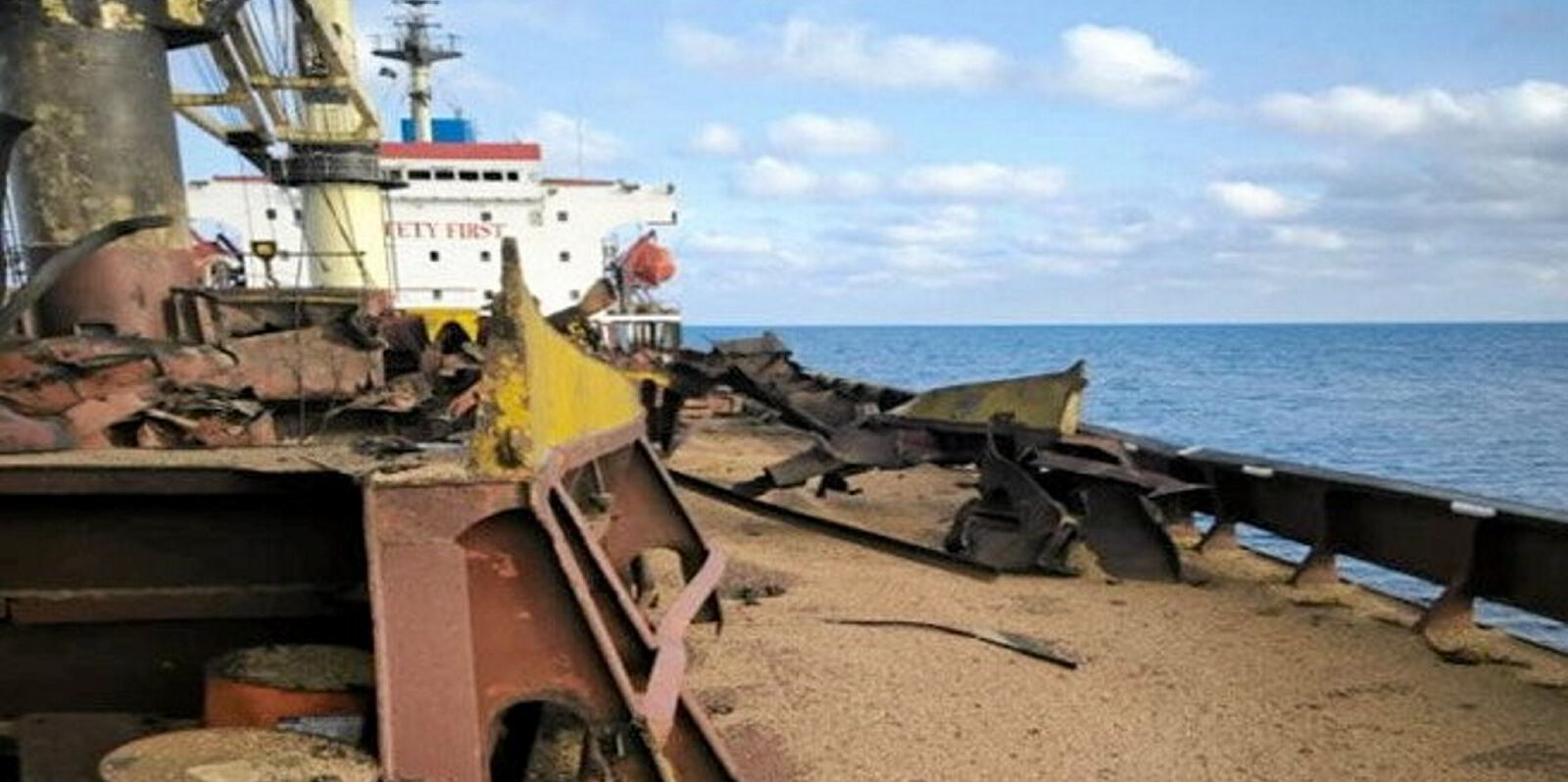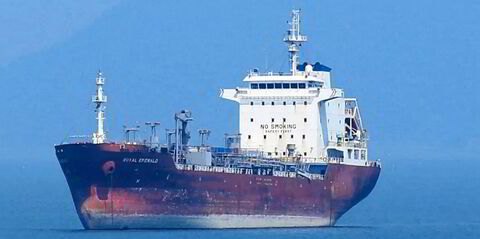The latest flurry of Russian air strikes may pose a threat to the dry bulk market, a new report says.
In the past six weeks, five merchant ships have been struck by Russian missiles while in Ukrainian ports or waters.
“These were the first attacks on merchant ships since November 2023 and they could threaten 1% of the world’s dry bulk exports if safety is not improved,” said shipping analyst at Bimco, Filipe Gouveia.
“The price of war risk insurance has already increased but the impact on exported volumes has so far been limited,” he added.
Throughout 2024 Ukraine has been exporting dry bulk cargoes from its ports in greater Odesa via a corridor close to its coast.
The corridor has replaced a United Nations-brokered agreement that facilitated the export of grains and other food products, which expired in July 2023.
During the first 10 months of 2024, dry bulk shipments out of Ukraine were three times higher than a year earlier, Bimco said.
The new corridor has allowed for an increase in grain shipments and for shipments of iron ore to resume. Despite the improvement, shipments are still 27% lower than pre-war levels, Bimco calculated.
The coastal corridor has been crucial in ensuring low global food prices, with a 15% year-on-year decrease reported by the FAO cereal price index so far in 2024.
Ukraine is a large grain exporter, accounting for 7% of global seaborne grain exports. It is also the fourth largest corn exporter, and its wheat exports are significant.
According to Clarksons, Ukraine’s seaborne grain exports reached 36.4m tonnes in 2023, will rise to 48.5m tonnes this year and could go above 50m tonnes next year.
“If Ukraine’s seaborne exports were disrupted again, as they were during the start of the war, it would not only affect food prices but also the dry bulk market,” said Gouveia.
“While the world’s reliance on Ukrainian grains has decreased, replacing its volumes would still be challenging. There are only three large maize (corn) exporters globally and the global wheat supply is strained.”
The panamax and handysize ship segments transport two-thirds of Ukrainian cargoes and as such would be most affected by disruptions, added Bimco.
Handysize ships mainly transport cargo to ports in the Mediterranean, while panamax ships are preferred for shipments to Asia. Most Ukrainian cargoes transported by panamax, handysize and supramax ships are grains.
Capesize ships would be negatively affected by any disruption but to a lesser extent, Gouveia explained.
“They mainly transport iron ore, which could easily be replaced by Australia or Brazil. Nonetheless, they could see a small decrease in demand due to shorter sailing distances to China,” Gouveia said.
Looking ahead into 2025, he said that regardless of the safety conditions for merchant ships, Ukraine’s dry bulk exports will likely fall next year owing to lower harvests.
“The ongoing corn harvest is expected to lead to a 19% y/y decrease in yields, weakening exports. This will contribute to an expected stagnation in global grain shipments in 2025,” he concluded.






